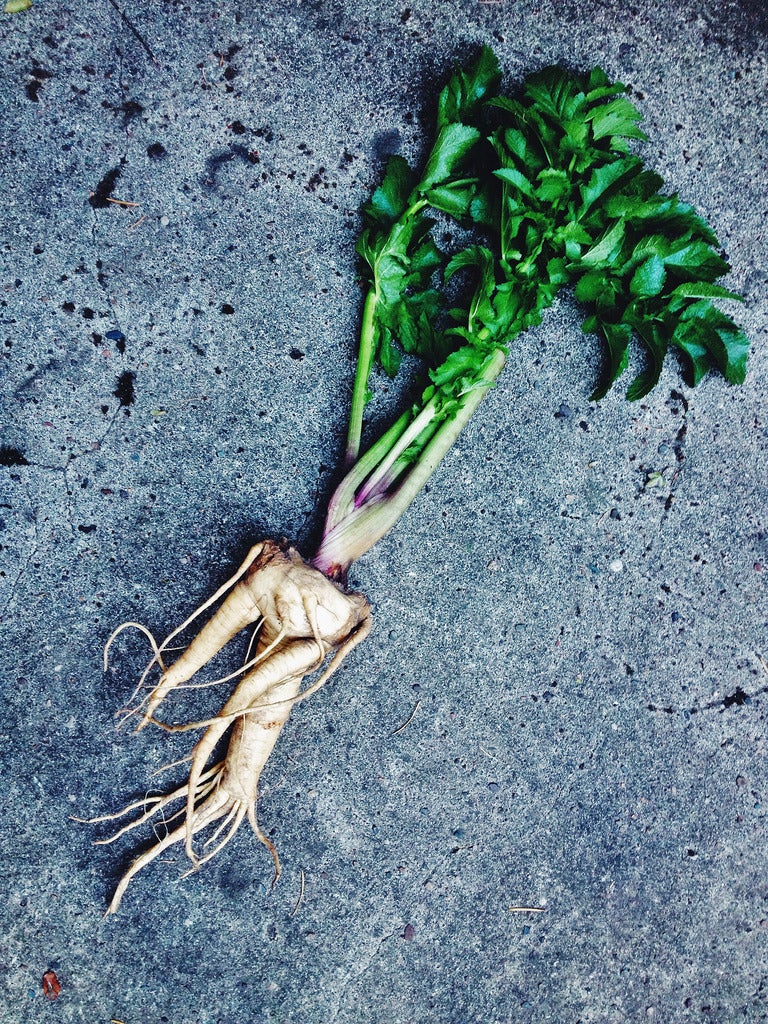The Mandragora: A Plant of Myth and Medicine
The mandragora plant, with its enigmatic appearance and potent properties, has captivated human imagination for millennia. Its roots, often resembling human figures, and its hallucinogenic and medicinal qualities have placed it at the intersection of myth and medicine. This article delves into the fascinating world of the mandragora, exploring its history, cultural significance, medicinal uses, and the caution surrounding its consumption.
A Botanical Mystery
The mandragora plant, scientifically known as Mandragora officinarum, belongs to the Solanaceae family, which also includes tomatoes, potatoes, and deadly nightshade. It is a perennial herb native to the Mediterranean region, characterized by its rosette of large, dark green leaves and its solitary, bell-shaped flowers, typically white or yellow. However, it is most renowned for its fleshy, forked roots, which often resemble human figures. This uncanny resemblance has fueled numerous myths and superstitions throughout history.
A History Rooted in Myth and Magic
The mandragora plant has been intertwined with human culture since ancient times. In Mesopotamian mythology, it was believed to be a sacred plant associated with the goddess Ishtar. In ancient Greece, it was dedicated to the god Asclepius, the god of healing. The Romans also held the mandragora in high regard, associating it with the goddess Hecate.
The plant’s human-like roots have given rise to numerous legends and folklore. It was often believed that the mandragora would scream when uprooted, causing instant death to anyone who heard it. To avoid this fate, people would tie a dog to the plant and let it pull it up, sacrificing the dog’s life instead. This gruesome ritual reflects the fear and reverence that the mandragora commanded in ancient cultures.
Medicinal Uses and Caution

Despite the superstitions surrounding it, the mandragora has also been used for medicinal purposes for centuries. Its roots contain a variety of alkaloids, including scopolamine and atropine, which have potent effects on the nervous system. These alkaloids have been used to treat a variety of ailments, including pain, insomnia, and mental disorders.
In ancient Egypt, the mandragora was used as an anesthetic during surgical procedures. In medieval Europe, it was employed to treat a range of conditions, from toothaches to epilepsy. However, the plant’s potent nature also made it dangerous. Overdose could lead to serious side effects, including hallucinations, delirium, and even death.
The mandragora’s medicinal properties have been the subject of scientific study in recent years. Researchers have investigated its potential for treating conditions such as Parkinson’s disease and Alzheimer’s disease. However, the plant’s toxicity and the risk of adverse effects continue to limit its widespread use in modern medicine.
The Mandragora in Modern Culture

The mandragora plant’s enduring fascination is evident in its continued presence in popular culture. It has appeared in numerous works of literature, film, and television, often symbolizing danger, mystery, or the supernatural. In the Harry Potter series, mandrake roots are used to revive victims of Petrificus Totalus. In the fantasy role-playing game Dungeons & Dragons, the mandrake is a powerful plant creature that can inflict paralysis and confusion.
Conclusion
The mandragora plant remains a captivating and enigmatic species. Its history, steeped in myth and magic, and its potent medicinal properties have made it a subject of fascination for centuries. While its use in modern medicine is limited due to its toxicity, the mandragora continues to hold a special place in the human imagination. As our understanding of this plant grows, it is likely that its potential benefits and risks will be further explored.

:max_bytes(150000):strip_icc()/how-to-grow-coleus-1402921-02-6ca494adf94f4a5887c94256a24ebf33.jpg?w=200&resize=200,112&ssl=1)



:max_bytes(150000):strip_icc()/hoya-plants-1315763-hero-fe8b10a522eb4d7e9ada8abbc303fbc5.jpg?w=200&resize=200,112&ssl=1)